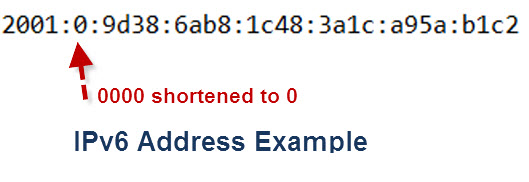

("Default class of " + Integer.parseInt(result.substring(0, 8), 2) + "." + Integer.parseInt(result.substring(8, 16), 2) + "." + Integer.parseInt(result.substring(16, 24), 2) + "." + Integer.parseInt(result.substring(24, 32), 2) + " : " + ipclass) If (Integer.parseInt(result.substring(0, 8), 2) < 128) If (Integer.parseInt(result.substring(0, 8), 2) < 192) (Integer.parseInt(resultmask.substring(0, 8), 2) + "." + Integer.parseInt(resultmask.substring(8, 16), 2) + "." + Integer.parseInt(resultmask.substring(16, 24), 2) + "." + Integer.parseInt(resultmask.substring(24, 32), 2) + " (Subnet Mask)") Result = result + datastring.substring(0, diffpos) Int diffpos = new int Ĭhar initvalue = datastring.charAt(x) (Outer loop = octet change Middle loop = each number of octet change Inner loop = different network compare) (" (Network: " + datasave + "." + datasave + "." + datasave + "." + datasave + "/" + datasave + ")") (datastring + "." + datastring + "." + datastring + "." + datastring)

String temp = Integer.toBinaryString(datasave) ("Only Class A/B/C IP are supported.") įor (int i = 0 i 255 || octet 30 || octet 30 & octet 0 & octet 8 & octet 16 & octet 24 & octet 1) While (count 223) //"octet" replace with "octect", OR replace with AND.

Gather, check and transform information, covert to network address if necessary. Public static void main(String args) throws IOException - Check the class of IP first for performance. - Fixed checking error when any one of the octet value larger than 223. - Checking of IP class with first octet only. - bug fixed for not calculating network with larger than /8 subnet (That only occur at summary route). So, the interface ID will be 02BB:CCFF:FEDD:1122.// |-| Next, the router will insert FFFE in the middle of the address listed above: This will result in the following hexadecimal address:
#Summary route calculator ipv6 mac
The binary format of the MAC address looks like this: Well, the router will first flip the seventh bit from 0 to 1. Invert the seventh bit of the interface ID.įor example, if the MAC address of a nework card is 00:BB:CC:DD:11:22, the interface ID would be 02BBCCFFFEDD1122. Insert FFFE in between the two, making the interface ID. Split the MAC address in two halves (6 hex digits each). Besides major design changes, we have also changed or added: Added an Online subnet calculator for detailed IPv6 calculation and conversion, an IPv4 to IPv6 converter tool and a subnet calculator for mapping hierarchical subnets for larger networks Besides our large set of online IPv4 network tools, we have several IPv6 network tools. Here are the rules that a router uses to create the interface ID:ġ. An IOS configuration command to set that parameter, commands used in the interface configuration mode are same for the IPv4 and IPv6.

The interface ID created this way is known as the modified extended unique identifier 64 (EUI-64). The EIGRP for IPv6 use the same parameters exactly, the interfaces such as delay and bandwidth, that are used with the IPv4 to calculate a metric for the each route. Also, the 7th bit in the first byte is flipped to a binary 1. An interface ID is created by inserting the hex number FFFE in the middle of the MAC address of the network card. The second part of an IPv6 unicast address (used to identify a host’s network interface) is usually a 64-bit interface identifier.


 0 kommentar(er)
0 kommentar(er)
